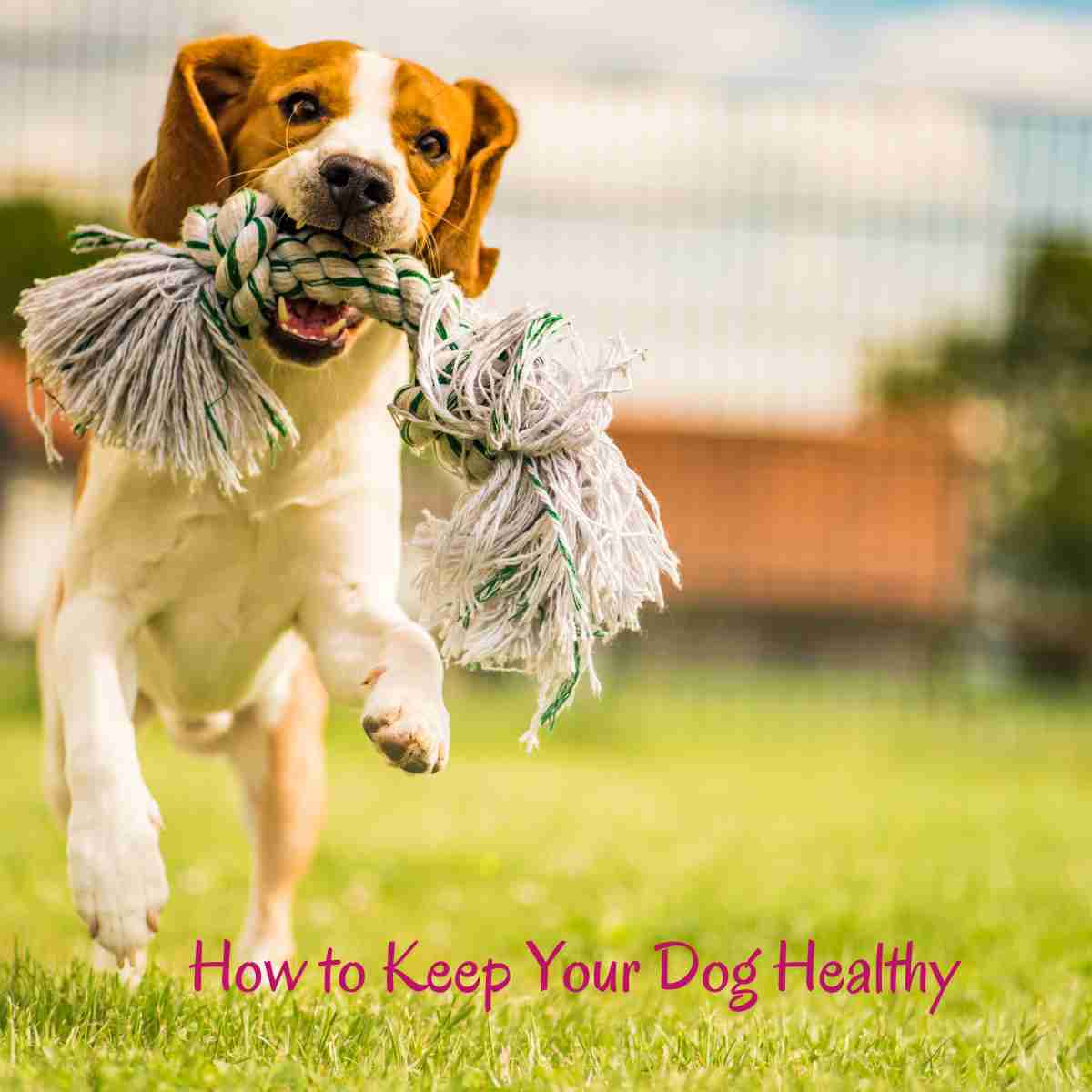For first-time dog owners who are concerned about their pets' well-being, it's essential to be familiar with tips every first-time dog owner should know. Your canine may stay in tip-top shape with the help of frequent walks, brushing, and trips to the vet, and a balanced diet of high-quality dog food. If your dog suddenly starts acting strange when it comes to eating, drinking, sleeping, or any number of other habits, you must learn to recognize the signs.

Fortunately, origin labs is available to assist dog owners in identifying any gaps in their dog's nutrition and offering solutions. However, maintaining your dog's health demands knowledge of how to do this consistently. For information on preventative care and wellness, consult your vet. You should always consult a veterinarian if you suspect that your canine is sick or injured. Canine healthcare costs can add up quickly, so pet insurance might be a lifesaver.
Signs of a Healthy Dog
Skin Health for Dogs
Skin that is free of scabs, growths, white flakes, and red patches is supple and smooth. Dogs come in a wide variety of coat colors, from light pink to dark brown or even black, all down to the breed. Any dog, spotted or solid-coated, can have spots on its skin.
Verify that your canine is free of external parasites such as fleas, ticks, and lice. This can be achieved by gently blowing on your dog's stomach or by brushing his hair backward in a few spots; these actions should make any microscopic specks run away, or ticks cling to the skin instantly noticeable. Look for signs of flea droppings, including black "dirt" on your dog's skin or bedding. Additionally, be vigilant for flea bites on your canine.
Care for Your Dog's Coat
Dogs with shiny, silky coats, whether they're short or long, are in good health. Dandruff, bald patches, or excessive oiliness in dogs should prompt a visit to the vet.
Canine Eye Health
The eyes of a healthy dog are glossy and brilliant. Although mucus and watery tears are expected, a healthy dog usually won't have much fluid, and any discharged liquid will be clear. If you notice any swelling, redness, or discharge from the pink lining of your dog's eyes, it could be an indication of an infection. Be sure to keep an eye out for these symptoms.
On occasion, the inner corner of your dog's eye will reveal its third eyelid, a translucent membrane. As a dog drifts off to sleep, its eyelid may slowly rise to hide its pupil. If you notice that your dog's eyelashes are rubbing against his or her eyeball or if his or her eyewashes become yellow, it's best to consult a veterinarian.
Canine Ear Wellness
A dog with clean, healthy skin inside its ears will have a pale pink hue. A little wax, whether it's yellow or brownish, is standard, but a lot of crust or wax is not.
Redness or swelling inside the ear, excessive ear scratching or shaking, and other behavioral changes are all signs of a dog ear infection. It may be more challenging to keep the ears dry and clean on dogs with long, drooping ears.
Canine Nasal Hygiene
Typically, a dog's nose will be chilly and damp. Its color can vary from breed to breed, ranging from black and pink to self-coloring (the same shade as the coat). If the discharge coming out of your dog's nose isn't clear, is yellowish, thick, bubbling, or smells bad, you should consult your vet.
Dogs can be healthy with either a chilly, wet nose or a dry, warm one; the former does not always indicate illness. The most accurate method for determining whether your dog is unwell is to take its temperature with a pet thermometer.
Canine Oral Hygiene
Like a dog's skin, a healthy dog's gums might be pink, black, or speckled and firm. Teeth that are smooth and white in puppies often get darker as they get older. There are 23 baby teeth in a puppy and about 42 permanent teeth in an adult, breed-dependent. Baby teeth are forced out of the mouth when adult teeth erupt.
Gently speak to your dog while placing your hand over their muzzle; then, raise the sides of their mouth to examine their oral health. Make sure the adult teeth are erupting normally and aren't getting in the way of the new ones. Verify that the gums are in good shape and that bad breath is not an issue. Try to identify either the hard white, yellow, or brown substance or the soft white matter. Plaque or tartar is what you're looking at; a dog toothbrush and some dog toothpaste will do the trick.
This post may contain Affiliate Links, which means I may receive a commission from purchases made through links. I will only recommend products I have personally used. Learn more on my Affiliate Disclosure Page and my Privacy Policy page.
